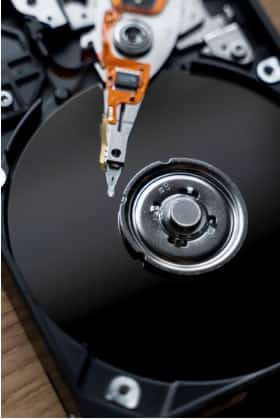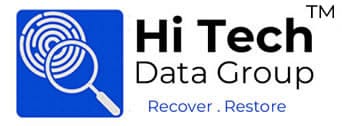Risks To Avoid When Using DIY Data Recovery Tools: A Guide
While DIY data recovery tools can seem like a convenient and cost-effective solution for recovering lost or deleted data, they also come with several risks that users should be aware of. Improper use or handling of these tools can lead to further data loss, file corruption, or even permanent damage to the storage device. In this guide, we will explore some of the key risks associated with DIY data recovery tools and provide recommendations to mitigate them.

Risks associated with DIY data recovery tools
- Overwriting Data:
One of the most significant risks of using DIY data recovery tools is the potential for overwriting existing data. Many of these tools work by scanning the storage device and attempting to recover files from the available free space. However, if the tool is not used correctly, it may inadvertently write over the very data you’re trying to recover, making it permanently unrecoverable.
- Lack of Professional Expertise:
DIY data recovery tools are designed for general use and may not be capable of handling complex data recovery scenarios. Professional data recovery services, on the other hand, have access to specialized tools and expertise to handle various types of data loss scenarios, including physical damage to the storage device, logical errors, and complex file system issues.
- Risk of Malware or Viruses:
Some DIY data recovery tools available online may be bundled with malware or viruses, putting your system and data at risk. It’s essential to download these tools from reputable sources and run thorough antivirus scans before using them.
- Compatibility Issues:
DIY data recovery tools may not be compatible with all types of storage devices or file systems. Using an incompatible tool can lead to further data loss or corruption, making the recovery process even more challenging.
- Limited Success Rate:
While DIY data recovery tools can be successful in some cases, their success rate is generally lower compared to professional data recovery services. Professional services have access to advanced tools and techniques, increasing the chances of successful data recovery, even in complex scenarios.
Mitigating DIY data recovery risks
To mitigate these risks, it’s essential to follow best practices when using DIY data recovery tools:
- Create a backup of the affected storage device before attempting any recovery process. This ensures that you have a safety net in case anything goes wrong during the recovery process.
- Download DIY data recovery tools from reputable sources and scan them for malware or viruses before running them.
- Carefully read and follow the instructions provided by the tool’s manufacturer to avoid overwriting data or causing further damage.
- Consider seeking professional data recovery services, especially for critical data or complex recovery scenarios. Professional services may be more expensive, but they offer a higher chance of successful recovery and minimize the risk of further data loss.
Remember, while DIY data recovery tools can be tempting, they should be used with caution and appropriate precautions. In many cases, it may be safer and more effective to rely on professional data recovery services, especially when dealing with valuable or critical data.
Conclusion:
While DIY data recovery tools can be useful in retrieving lost data, they also pose certain risks that users need to be mindful of. By understanding and addressing these risks, you can maximize the chances of successful data recovery while minimizing the potential for further damage or loss. Remember to exercise caution, follow best practices, and seek professional assistance when needed to ensure a smooth and secure data recovery process.

